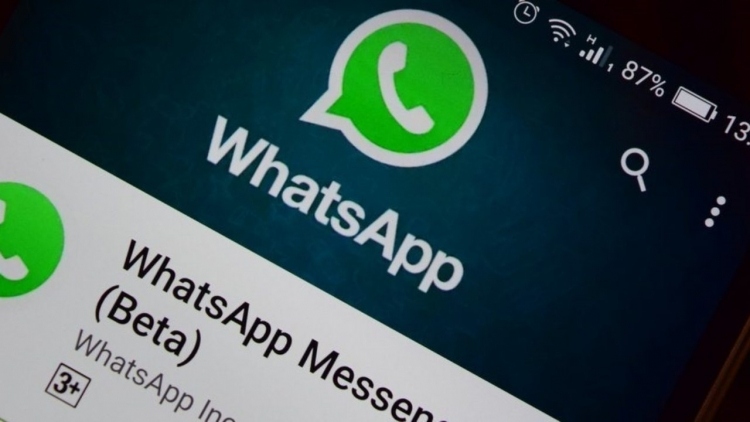WhatsApp recently introduced new features to enhance safety for users on WhatsApp Web. The company had also introduced new privacy policy in the month of January which was received with a lot of criticism from users, including some high-profile celebrities.
While WhatsApp delayed the requirement of accepting the new terms till the month of May, there are a few features that the instant messaging application offers with the current stable built of the application.
Here’s look at some of the features that can add to the safety of the user’s data:
Device linking security update: WhatsApp Web and desktop has added an additional layer of protection when you want to link your WhatsApp account to your computer. In order to link WhatsApp Web or Desktop to your WhatsApp account you will be asked to use your face or fingerprint unlock on your phone, before scanning a QR code from the phone to link your device. A notice will pop on your phone whenever a Web/Desktop login occurs, and the ability to unlink devices from your phone at any time.
Lock your WhatsApp with Touch ID or Face ID: WhatsApp also offers its users the ability to add Touch ID and Face ID for iPhone, and Fingerprint lock for Android for added security. Similar to banking apps, you can also decide whether you would like WhatsApp to automatically lock you out of the app as soon as you close the app, or after various durations of inactivity. To activate, open WhatsApp Settings. Tap Account > Privacy > Screen Lock. Turn on Require Touch ID or Require Face ID, and then select the length of time WhatsApp can be on standby mode before Touch ID or Face ID is required.
Disappearing messages: With disappearing messages turned on, new messages sent to a chat will disappear after 7 days, helping the conversation feel lighter and more private! Learn how to enable disappearing messages here.
Group Settings: Group Privacy setting enables users to control who adds them to a WhatsApp group. To enable it, go to Settings in your app, then tap Account > Privacy > Groups and select one of three options: “Everyone,” “My Contacts,” or “My Contacts Except”. “My Contacts” means only users you have in your address book can add you to groups and “My Contacts Except” provides additional control for who among your contacts can add you to a group.
Privacy Profile: At any time, you can restrict your Last Seen, Profile Photo, About and Status within WhatsApp’s privacy setting menu. Customise your privacy features on Android and iPhone.
Two-Step Verification: WhatsApp users are advised to use the two-step verification feature as it adds an additional layer of protection by requiring your six-digit PIN when resetting and verifying your WhatsApp account. This helps prevent your WhatsApp account being accessed in the event of your SIM card being stolen or your phone number compromised. Setting up two-step verification is simple. Just open WhatsApp > Settings > Account > Two-step verification > Enable. Upon enabling this feature, you can also optionally enter your email address. This email address will allow WhatsApp to send you a link via email to disable two-step verification in case you ever forget your six-digit PIN, and also to help safeguard your account.Report spam: WhatsApp helps you identify and handle spam messages. If encountered with Spam, WhatsApp advises users to block the sender, disregard the message and delete it.
Block users: When a user blocks another, they can no longer see last seen or if the contact is online. You do not see updates to a contact’s profile photo. Any messages sent to a contact who has blocked you will always show one check mark (message sent), and never show a second check mark (message delivered) and no calls will go through. This is designed to be intentionally ambiguous in order to protect your privacy when you block someone.


Comments are closed.